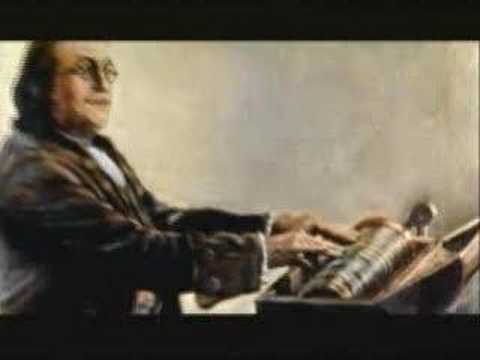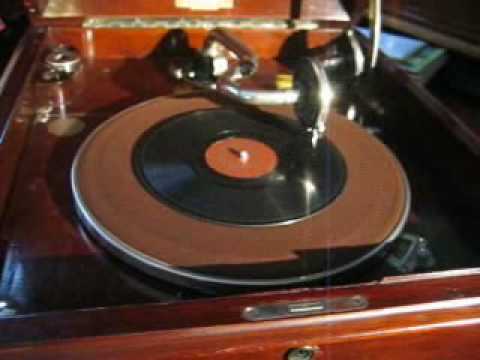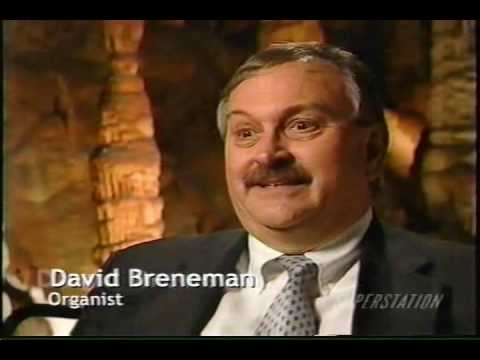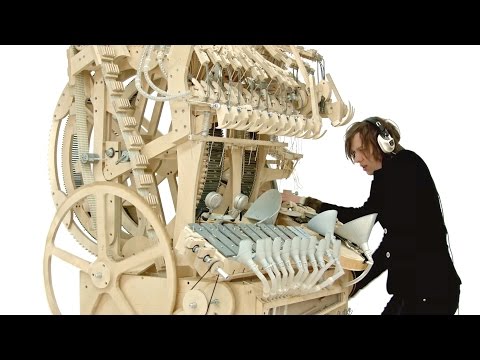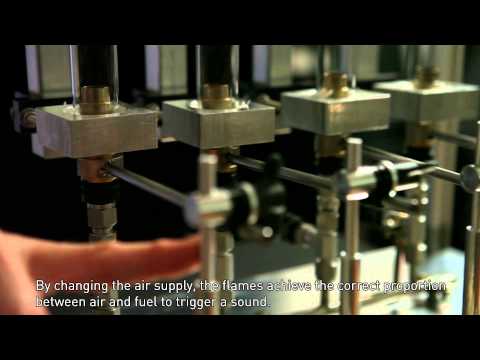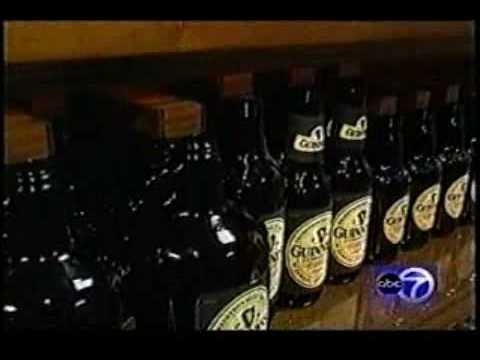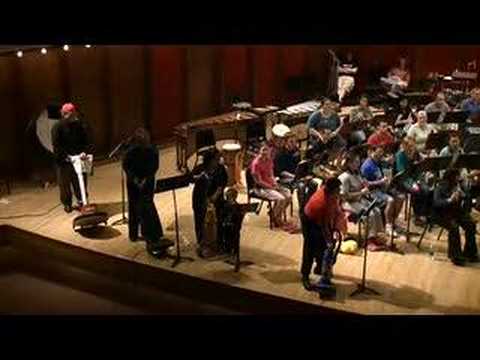Sometimes, it is how they are played that is odd. The Greek goddess Athena’s aulos—a double-piped reed instrument—provoked howls of laughter when she first played it because she had to puff out her cheeks. Here are 10 real instruments which have been seriously employed in making music.
10 Glass Armonica
Benjamin Franklin’s mind was hugely fertile and was not content with sticking to one area of creativity. Perhaps his strangest invention—and his favorite—was the glass armonica. Running a finger around the rim of a wineglass can cause it to resonate and produce a note. On seeing a person perform a musical piece on many glasses, Franklin was inspired to create a single instrument capable of replicating the sound at a range of frequencies. By attaching glass bowls of varying sizes to a central rotating axle, a player merely has to dampen his fingers and place them in the correct place. The armonica was a huge success. Mozart, Beethoven, and Strauss all composed pieces specifically for the armonica. The popularity of the armonica slowly faded as it was replaced by the piano. Like the harpsichord, also displaced by its noisier cousin, the armonica was not able to be heard in large concert halls which the piano could dominate.
9 Le Petomane
If the human voice can be called the most versatile instrument, then the author reserves the right to describe Le Petomane’s talented body part an instrument. Le Petomane packed music halls in France in the late 19th and early 20th centuries. His special skill was to fart on command and with tuneful control. Le Petomane—a stage name for Joseph Pujol meaning “the Fartomaniac“—discovered his talent while in the army. Seeing how much his fellow soldiers enjoyed it must have encouraged him as he later entertained customers at his bakery. Taking to the stage, he soon made it to the Moulin Rouge in Paris where he became the theater’s biggest star. Le Petomane was able to “inhale” air through his anus at will and expel it as desired. So amusing was this ability that he gave private performances for visiting royalty. He also sued an impostor who used a hidden bellows to produce a similar flatulent display. He was the only true Petomane. He later retired to his bakery and founded a biscuit factory.
8 The Great Stalacpipe Organ
The largest musical instrument in the world is in Virginia. Spread over 3.5 acres of an underground cavern system, the Great Stalacpipe Organ uses stalactites struck by hammers to produce its sounds. The organ was designed in the 1950s and built by one man. The crystal of the hanging stalactites will naturally ring when hit. But to get the exact desired notes, the organ’s designer, Leland W. Sprinkle, spent three years filing them down. The Stalacpipe Organ can be found in Luray Caverns, and visitors can hear it being played live. They can also buy CDs of music recorded on the organ. It was only in 2011 that an original piece of music, “In the Cave,” was written specifically for the Stalacpipe Organ.
7 Fences
Robert Frost said, “Good fences make good neighbors.” It turns out that great fences can make great instruments. For the Great Fences of Australia project, violinists Jon Rose and Hollis Taylor traveled thousands of miles across Australia. They played the long fences which span the continent. Running their violin bows across the taut wires produces a screeching and startling sound. Drumsticks are beaten on the fences for percussion. The project has been taken worldwide, with the musicians playing concerts for audiences on specially designed fences. Rose and Taylor have also inspired other musicians to take up the playing of fences. It is not only Australia which has benefited from their art; they play on notable fences throughout the world. Rose and Taylor have documented the lives of those who build and maintain the fences and studied the culture which drives the building of the fences.
6 Zeusaphone Or Thoramin
Tesla coils are inherently cool. Who doesn’t love controlled lightning? Taking its name from the thunderful gods Zeus and Thor, the Zeusaphone and Thoramin combine electricity with music to create a visual display as well as a musical one. Tesla coils work by building up large electrical charges which, once they become too great, discharge through the air and make a spectacular arc of plasma. When this discharge happens, sound is produced much like the thunder made by lightning. By connecting the Tesla coil to an electronic musical instrument, the coil can be used as a plasma speaker.
5 Wintergatan Marble Machine
This musical instrument took 14 months to design and build for the Swedish folktronica band Wintergatan. A complex machine of gears, wheels, and switches, the instrument uses falling marbles to create sound—though the snare function relies on basmati rice. Watch this video on YouTube The whole process of building the instrument was documented in a series of YouTube videos, and the finished result went viral with over 28 million views. Unlike some bespoke musical instruments, this one is fully playable, not merely repeating a single song. The machine went on tour with the band in 2016.
4 Vegetable Orchestra
The Great Stalacpipe Organ will last for thousands of years. Other odd instruments prove to be somewhat more ephemeral. The Vienna Vegetable Orchestra uses exactly what you would expect them to use to create music—drilled carrots, pumpkin drums, and pepper horns. Founded in 1998, the orchestra uses instruments designed from vegetables to create unique sounds. The variability of the vegetables at their disposal and the fact that they create all their own instruments gives the orchestra complete control over their work. With the leftovers from making their instruments, the orchestra creates a hearty vegetable soup which they give to the audience.
3 Pyrophone
All pipe organs work on similar principles. A keyboard is used to control the flow of air through pipes. Different sizes of pipes produce different notes. However, not everyone is satisfied with this relatively simple arrangement. In 1873, Frederic Kastner patented the pyrophone—also known as the fire organ or the explosion organ. The pyrophone uses a quirk of physics to produce its sound. Under the right conditions, a flame inside a tube can create a note. By controlling the size of the flame, the note can be turned on and off. Despite the best efforts of its creator and the coolness of its name, the pyrophone never caught on. Henry Dunant, the founder of the Red Cross, was hired to travel across Europe to expound on the delights of the pyrophone. But he had little success.
2 Beer Bottle Organ
At some point, everyone has blown over the top of a bottle and produced a note. If you are a beer drinker, then you might have missed the opportunity to create your own musical instrument. The beer bottle organ uses beer bottles filled to different levels to create different notes. Unfortunately, the beer has to be replaced with glycerol to prevent evaporation from changing the sound. Air is blown over the mouths of the bottles when a key on the keyboard is pressed. The bottle organ has a long history. On the island of Helgoland in 1798, a church congregation became tired of their organ requiring constant tuning. They commissioned an organ builder to make one which would not need to be altered because of temperature or weather conditions. He struck on the idea of using glass bottles, and the bottle organ was born.
1 Floor Buffer, Vacuum Cleaners, Rifles
Sir Malcolm Arnold was a serious composer, if somewhat overlooked in recent years. Although his works are still played today, his most popular piece by far is a comic mockery of overly pompous pieces. Commissioned in 1956, his work A Grand, Grand Overture is scored for an organ, orchestra, three vacuum cleaners, a floor polisher, and four rifles—perhaps a dig at Tchaikovsky’s use of the cannon. At the Last Night of the Proms in 2009, the vacuum cleaners were played by pianist Stephen Hough, conductor Jiri Belohlavek, and violinist Jennifer Pike. The part of floor polisher was filled by noted naturalist Sir David Attenborough, playing a floor polisher provided by the composer’s family. As is traditional, those playing the vacuum cleaners and floor polisher were shot at the end of the performance.
